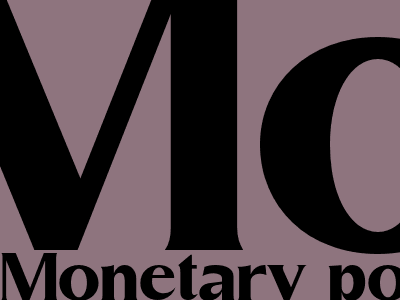
Monetary Policy: What You Need to Know
What is Monetary Policy?
Monetary policy refers to the actions taken by a central bank to control the money supply and interest rates within an economy.
The main objective of monetary policy is to maintain price stability, promote economic growth, and foster financial stability.
Central Banks and Monetary Policy
Central banks are responsible for implementing monetary policy.
They do this by using various tools, such as setting interest rates, buying and selling government securities, and adjusting reserve requirements.
The most well-known central banks include the Federal Reserve in the United States, the European Central Bank, and the Bank of Japan.
Monetary Policy and Inflation
Inflation is a general increase in prices and fall in the purchasing value of money.
Central banks use monetary policy to control inflation by adjusting interest rates and the money supply.
When inflation is too high, central banks may raise interest rates to slow down economic growth and reduce demand.
When inflation is too low, central banks may lower interest rates to stimulate economic growth and increase demand.
Example of Monetary Policy in Action: Swiss National Bank
The Swiss National Bank (SNB) is the central bank of Switzerland.
In 2022, the SNB raised interest rates for the first time in 15 years to combat rising inflation.
This move was in line with monetary policy actions taken by other central banks around the world.
Conclusion
Monetary policy is a powerful tool that central banks use to manage the economy.
By adjusting interest rates and the money supply, central banks can influence inflation, economic growth, and financial stability.
Understanding monetary policy is essential for anyone who wants to stay informed about the economy and make informed financial decisions.